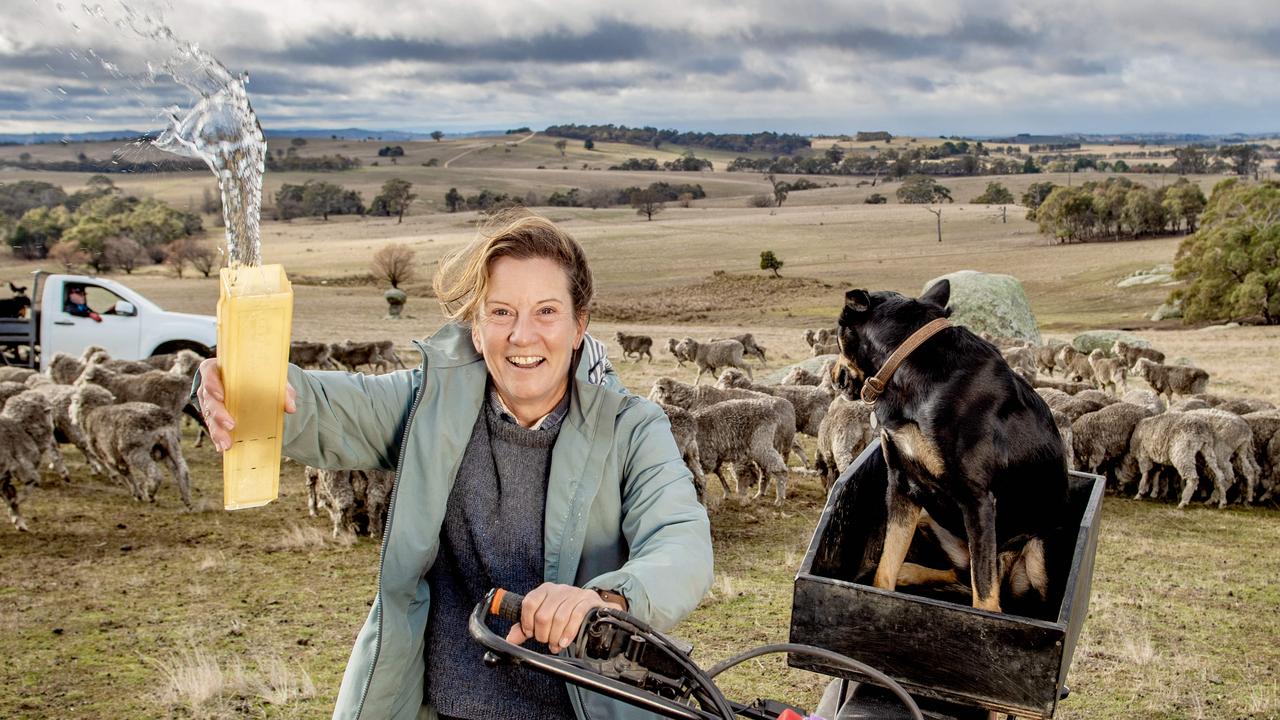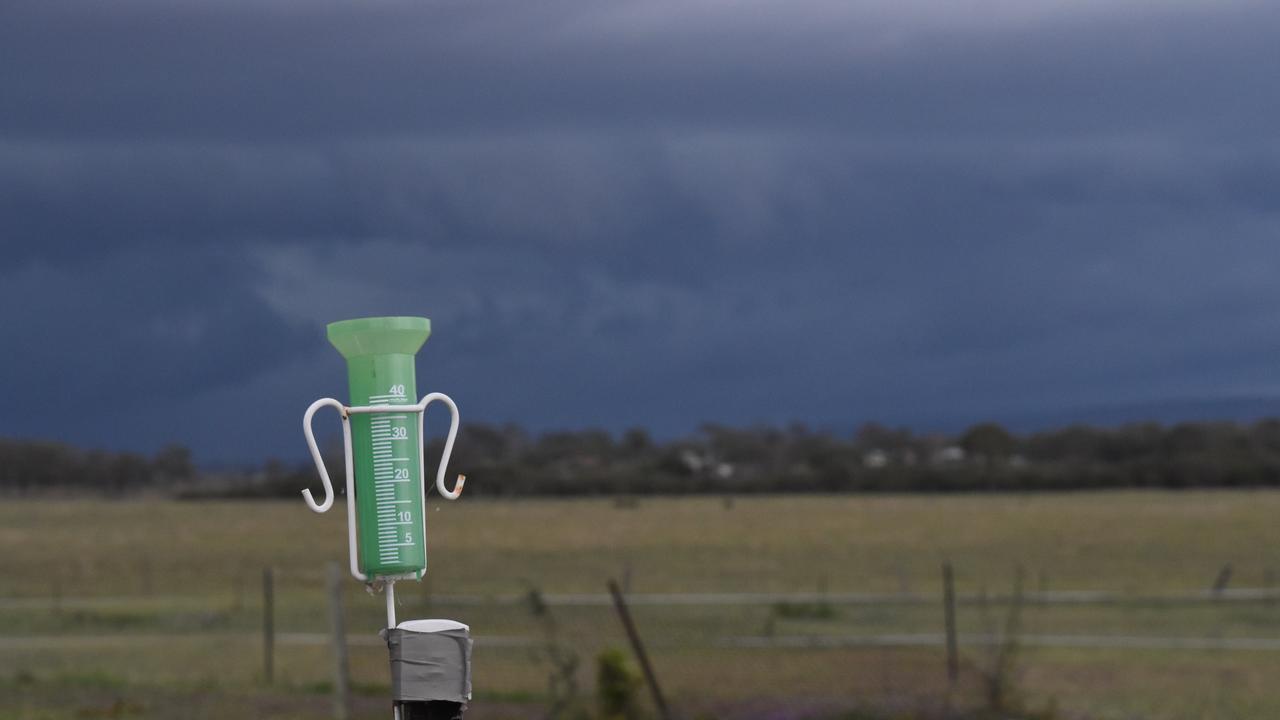Australian extreme weather events to get more intense and frequent: climate change expert
Extreme weather events in Australia are becoming more frequent as the globe warms up. See the list of some of the country’s wildest storms of the last five years.
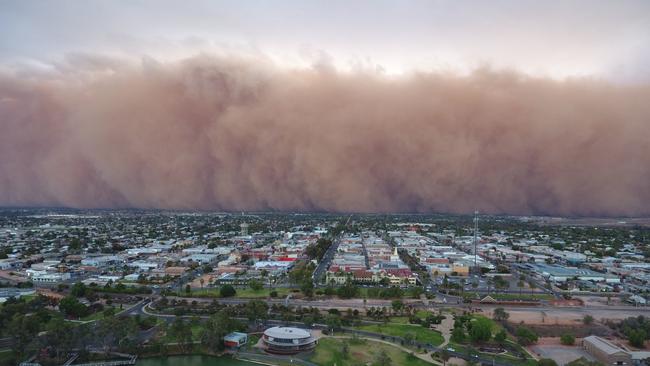
HEATWAVES, droughts, and bushfires are all part and parcel of life on the land in Australia, but in recent years freak weather events such as tornadoes and dust storms have become increasingly common – and experts believe that trend will continue.
In the past 12 months alone the country has experienced not only one of the most devastating bushfire seasons, but a nationwide dust storm, golf ball-size hail at Parliament House and two tornadoes in regional Victoria.
A Bureau of Meteorology report indicates that climate change is at the core of those intense weather patterns and storm events.
“Our science clearly shows that, due to increasing greenhouse gases, such as carbon dioxide, in the atmosphere, Australia’s climate is continuing to warm, and the frequency of extreme events such as bushfires, droughts, and marine heatwaves is growing,” CSIRO Climate Science Centre director Dr Jaci Brown said.
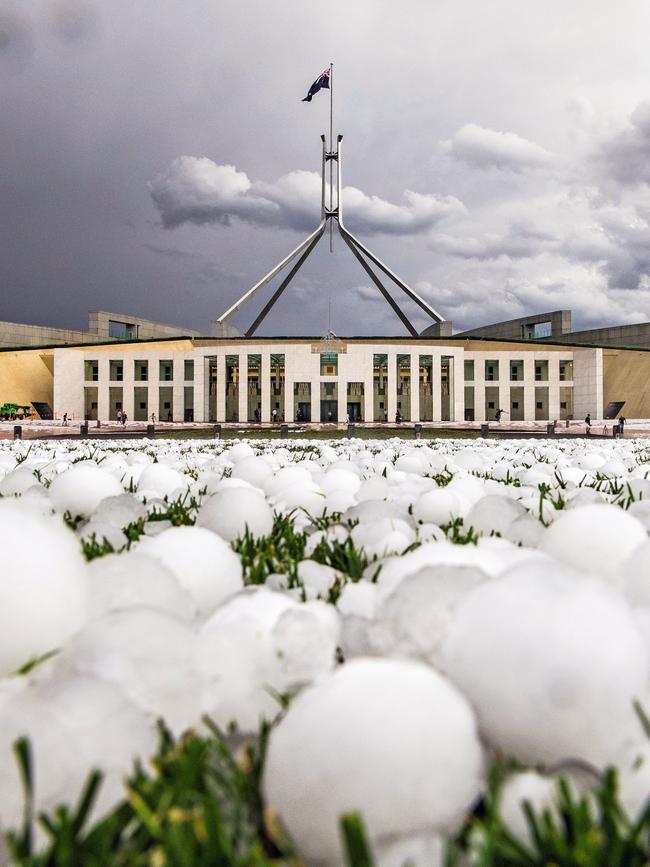
Australian National University Climate Change Institute has also been tracking the weather patterns across the country and has seen an increase in those types of extreme weather conditions.
“Looking at Australia, the trend for heatwaves is up steeply and there’s a trend towards increased rainfall in a lot of parts,” director Mark Howden said.
“We’re also seeing extremes happening in places they haven’t before.”
He said climate change was a factor in the increasing trends and would continue in coming years.
“Unfortunately there is every indication that as our temperatures go up the chance of heatwaves go up. We also see the same kind of thing happening with the potential for fires, drought and floods.
“Pretty much all of those extremes are likely to get worse in some ways as we move forward,” he said.
Mr Howden said while Australia was effective in dealing with many of those events, there was only so much predictive technology could do.
“It’s a race between the increasing risk and our ability to manage those risks.
“The sorts of predictive systems we have give us warnings that can really help, get people out of the way of fire, for example. But sometimes those systems don’t give us enough information or there’s no ability to respond as we need to. You can’t move buildings out of the way,” he said.
A spokeswoman for the Insurance Council of Australia said 83 per cent of Australians were underinsured and not financially prepared for extreme weather events.
“The previous disaster season was the worst on record, resulting in more than $5.9bn in insurance claims from bushfires, storms, hailstorms and floods,” she said.
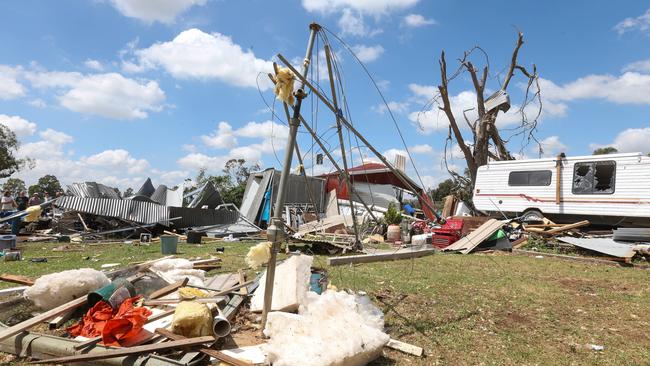
EXTREME WEATHER EVENTS 2015- 2020
TORNADOES
Horsham, Vic - December 2020
Waurn Ponds, Vic - May 2020
Peechelba, Vic - September 2019
Axe Creek, Vic - June 2019
Tansey, QLD - October 2018
Darling Downs, QLD - December 2017
Blyth, SA - September 2016
Kurnell, NSW - December 2015
Strathmerton, Vic - November 2015
FLOODS
Eastern NSW - February 2020
Daintree, QLD - January 2019
Top End, NT - January 2018
Broome, WA- February 2018
Notham, WA- February 2017
Southeast QLD- April 2017
Widespread across regional Tasmania, Victoria, SA and NSW - September 2016
Hunter and Central Coast, NSW- April 2015
HAILSTORMS
Canberra, ACT - 2020
Gold Coast, QLD- November 2019/ December 2018
Biggera Bay, QLD, December 2019
Blue Mountains, NSW - December 2018
Kundabung, NSW - November 2018
Boonah, QLD - February 2018
Silverleigh & Goombungee, QLD - December 2017
Tuggeranong, ACT- January 2016
Queanbeyan, ACT February 2016
Alice Springs, NT - June 2016
Parkes, NSW - October 2016
Central Coast, NSW - March 2015
Goldfields, WA - October 2015
DUST STORMS
Across Australia - January 2020
Mallee, Vic - February 2019
Adelaide, SA- April 2019
Mildura, Vic - May 2019
Swan Hill, Vic - May 2015
MORE
MIXED BAG OF WEATHER FOR FIRST TWO WEEKS OF 2021


